-
 bitcoin
bitcoin $108842.957301 USD
-1.88% -
 ethereum
ethereum $3931.777121 USD
-1.66% -
 tether
tether $1.000186 USD
-0.03% -
 bnb
bnb $1153.250882 USD
-2.20% -
 xrp
xrp $2.367904 USD
-1.94% -
 solana
solana $186.182050 USD
-4.20% -
 usd-coin
usd-coin $0.999997 USD
0.00% -
 tron
tron $0.316949 USD
-1.00% -
 dogecoin
dogecoin $0.190780 USD
-3.12% -
 cardano
cardano $0.651324 USD
-2.67% -
 hyperliquid
hyperliquid $37.141055 USD
-0.85% -
 ethena-usde
ethena-usde $0.999224 USD
-0.09% -
 chainlink
chainlink $17.579031 USD
-2.47% -
 bitcoin-cash
bitcoin-cash $509.426284 USD
-2.79% -
 stellar
stellar $0.315298 USD
-2.93%
What is a whitelist in an NFT project?
A whitelist in NFT projects grants select wallets early mint access, lower fees, or guaranteed spots, rewarding community engagement and curbing bot exploitation.
Aug 12, 2025 at 12:35 am
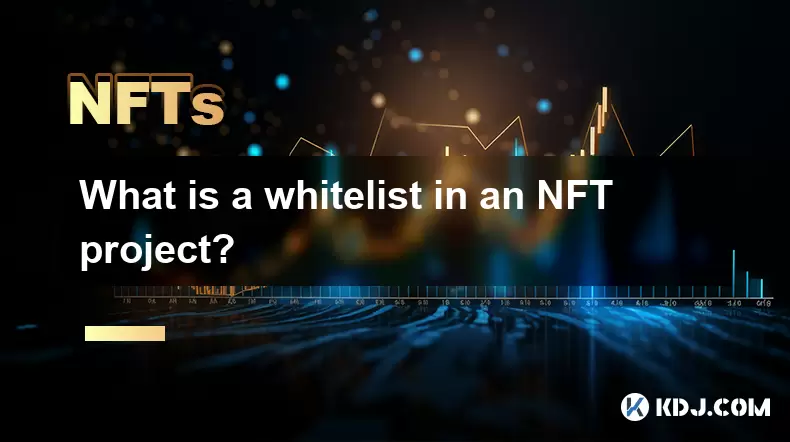
Understanding the Concept of a Whitelist in NFT Projects
In the context of NFT (Non-Fungible Token) projects, a whitelist refers to a curated list of cryptocurrency wallet addresses that are granted special privileges during the minting phase of an NFT collection. These privileges typically include early access to minting, reduced minting fees, or guaranteed minting rights before the public sale begins. Being on a whitelist is often seen as a reward for early community engagement, such as participating in Discord discussions, sharing project content on social media, or completing specific tasks set by the project team.
The primary goal of a whitelist is to incentivize genuine community involvement and prevent bots or speculative actors from dominating the initial mint. By allocating a portion of the NFT supply to trusted participants, project creators aim to foster a loyal user base and reduce the risk of immediate post-mint price manipulation. Whitelists are especially common during initial mint events, such as pre-sales or private sales, and are a standard feature in most high-demand NFT launches.
How NFT Projects Use Whitelists Strategically
Project teams implement whitelists to manage demand and ensure fair distribution. Without a whitelist, popular NFT drops can become overwhelmed by bots and high-frequency traders who use automated scripts to mint large quantities of NFTs instantly. This often leads to rapid sell-outs and inflated secondary market prices, alienating genuine supporters.
By limiting early access to a pre-approved list, teams can prioritize community members who have demonstrated interest and support. This strategy also helps in gathering valuable feedback during the pre-launch phase, as whitelisted users are often more invested in the project’s success. Some teams even use whitelists to test smart contract functionality on a smaller scale before opening the mint to the general public.
Moreover, a well-managed whitelist can serve as a marketing tool, encouraging users to participate in promotional activities in hopes of gaining access. Tasks like joining the project’s Discord server, following their Twitter account, retweeting announcements, or referring friends are common requirements for whitelist eligibility.
How to Get on an NFT Project Whitelist
Gaining a spot on a whitelist involves active participation and adherence to the project’s specific rules. The process varies from project to project, but generally follows a structured approach:
- Join the project’s official Discord server and navigate to the designated whitelist announcement or application channel.
- Complete all required social media tasks, such as following the project on Twitter, liking and retweeting pinned posts, and tagging friends.
- Ensure your wallet address is correctly formatted and linked to your Discord account if required.
- Participate in community events like AMAs (Ask Me Anything), art contests, or referral programs.
- Monitor announcements closely, as whitelist sign-ups often have strict deadlines and limited availability.
Some projects use whitelist bots like Collab.Land or Guild.xyz to automate verification and distribution. These bots assign roles in Discord based on wallet holdings or social activity, automatically granting access to whitelist channels. Others may require manual submission through Google Forms or dedicated platforms like Whitelist.com or Moralis.
It is crucial to verify the authenticity of any whitelist opportunity. Scammers often create fake Discord servers or phishing websites to steal wallet credentials. Always double-check URLs, avoid sharing private keys, and only interact with verified project team members.
Technical Implementation of Whitelists in Smart Contracts
From a technical standpoint, whitelists are enforced through on-chain mechanisms in the NFT project’s smart contract. The most common method involves using a merkle tree to store and verify eligible wallet addresses efficiently.
Here’s how it works:
- The project team compiles a list of approved wallet addresses.
- This list is converted into a merkle tree, a cryptographic data structure that allows for efficient and secure verification.
- The root hash of the merkle tree is embedded in the smart contract.
- When a user attempts to mint during the whitelist phase, they must provide a merkle proof—a cryptographic path that proves their address is part of the original list.
- The smart contract verifies the proof against the root hash. If valid, the mint proceeds.
This method is gas-efficient and prevents the need to store every whitelisted address directly on the blockchain. It also ensures privacy, as the full list of addresses is not publicly exposed. Developers often use tools like Merkle Tree Generator or Node.js scripts to create the proof and integrate it into the minting function.
Alternatively, some projects use allowlists stored directly in the contract, but this approach is less scalable due to higher gas costs and transparency of all addresses.
Benefits and Risks of NFT Whitelists
Whitelists offer several advantages for both creators and participants. For users, being whitelisted means lower entry costs, higher chances of securing a rare NFT, and early access to exclusive communities. It also provides a sense of recognition and belonging, especially in projects that emphasize community-driven development.
For project teams, whitelists help build trust, filter out bad actors, and generate organic buzz. They can also be used to reward holders of other NFTs (a practice known as allowlist bridging), fostering cross-project collaboration.
However, risks exist. Scalping is common—some whitelisted users mint NFTs solely to resell them at a profit on secondary markets like OpenSea. This undermines the project’s goal of building a genuine community. Additionally, fake whitelist scams are rampant, with malicious actors impersonating project teams to collect personal information or funds.
Another issue is inequality in access. Popular projects often receive thousands of applications for a limited number of spots, leading to frustration among supporters who fail to qualify despite significant effort.
Frequently Asked Questions
Can I transfer my whitelist spot to someone else?Most whitelists are tied to a specific wallet address and cannot be transferred. If the whitelist uses a merkle tree, the proof is generated for one address only. However, some projects allow gifting by letting you input a different wallet during registration, but this is rare and must be explicitly permitted.
What happens if I miss the whitelist mint window?Whitelist mints usually have a defined time frame. If you miss it, you may still participate in the public sale, but without the benefits like price discounts or guaranteed availability. Always check the project’s timeline and set reminders.
Do all NFT projects use whitelists?No. While common in high-demand projects, some opt for fair launches or Dutch auctions to promote equal access. Others may skip whitelists entirely to avoid administrative complexity or centralization concerns.
Can a project remove me from the whitelist after I’m added?Yes. Projects reserve the right to revoke whitelist status if they detect fraudulent activity, such as using multiple accounts or bots. Always follow the rules and avoid suspicious behavior to maintain eligibility.
Disclaimer:info@kdj.com
The information provided is not trading advice. kdj.com does not assume any responsibility for any investments made based on the information provided in this article. Cryptocurrencies are highly volatile and it is highly recommended that you invest with caution after thorough research!
If you believe that the content used on this website infringes your copyright, please contact us immediately (info@kdj.com) and we will delete it promptly.
- BNB & BSC: Riding the Bull Run with Strong Support
- 2025-10-18 04:25:12
- Altcoins in the Spotlight: Solana, Ethereum, and the Rise of AlphaPepe
- 2025-10-18 04:25:12
- Crypto Opportunities: Investing in SHIB and TAP for Potential Gains
- 2025-10-18 04:30:13
- XRP's Wild Ride: ETF Delays and Price Drop – What's a Crypto New Yorker to Do?
- 2025-10-18 05:05:13
- Shiba Inu and the Quest for Crypto's Highest Gains: What's Next?
- 2025-10-18 04:30:13
- Midnight, Hydra Layer 2, and the NIGHT Token: A New Dawn for Cardano?
- 2025-10-18 04:45:14
Related knowledge
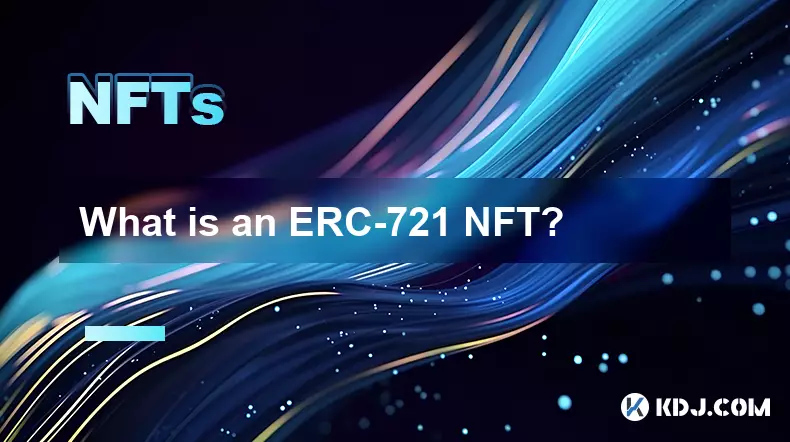
What is an ERC-721 NFT?
Oct 17,2025 at 02:00pm
Understanding ERC-721 NFTs in the Blockchain EcosystemERC-721 is a technical standard used for implementing non-fungible tokens (NFTs) on the Ethereum...
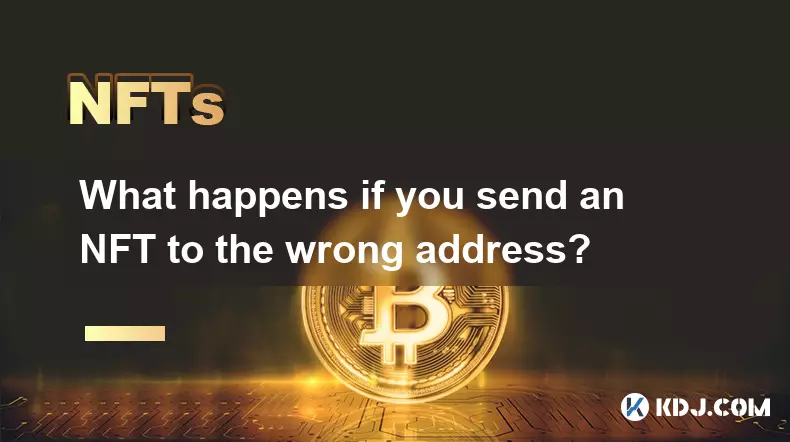
What happens if you send an NFT to the wrong address?
Oct 13,2025 at 09:17am
Understanding the Consequences of Sending an NFT to the Wrong Address1. Once an NFT is sent to a wallet address on the blockchain, the transaction is ...
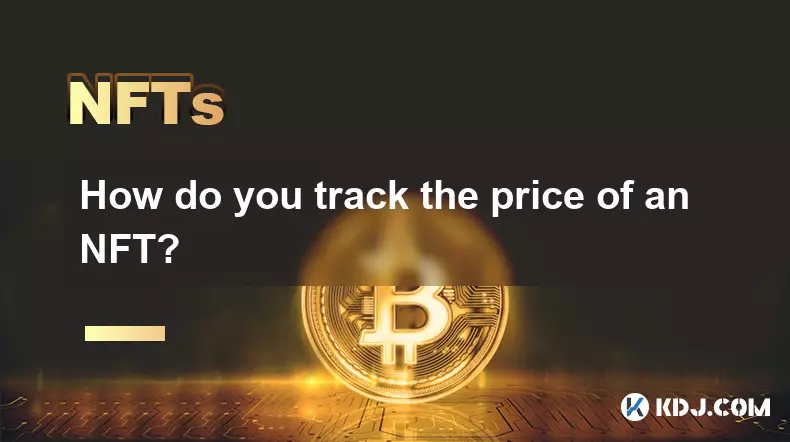
How do you track the price of an NFT?
Oct 15,2025 at 08:01pm
Understanding the Role of Decentralized Exchanges in Modern Crypto Trading1. Decentralized exchanges, commonly known as DEXs, operate without a centra...

What are the most common mistakes when buying an NFT?
Oct 17,2025 at 08:19pm
Overlooking the Authenticity of the Creator1. Many buyers rush into purchasing an NFT without verifying the legitimacy of the artist or project creato...
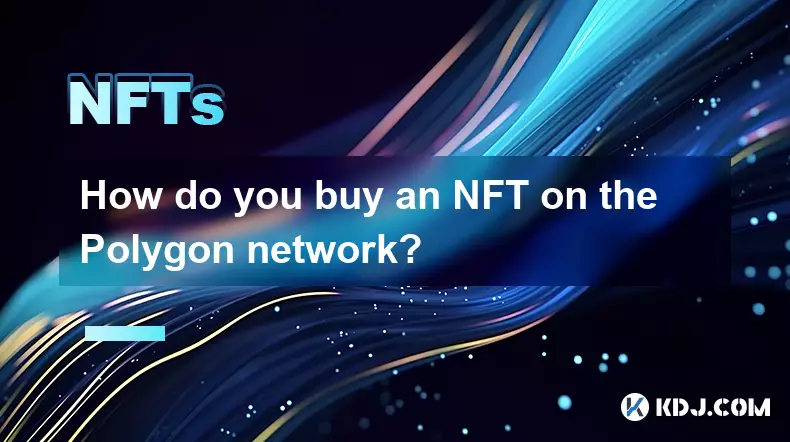
How do you buy an NFT on the Polygon network?
Oct 12,2025 at 09:54am
Understanding the Polygon Network for NFT Purchases1. The Polygon network is a Layer 2 scaling solution built on top of Ethereum, designed to reduce t...
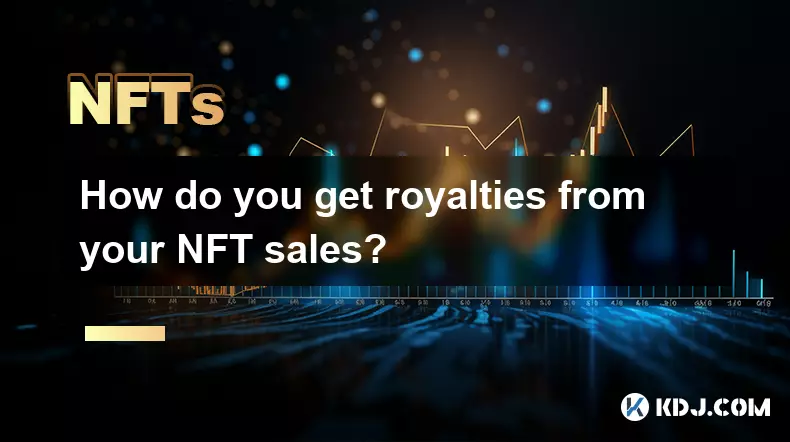
How do you get royalties from your NFT sales?
Oct 13,2025 at 02:18am
Earning Royalties Through NFT Marketplaces1. When you create an NFT, you can embed royalty terms directly into the smart contract that governs it. Thi...

What is an ERC-721 NFT?
Oct 17,2025 at 02:00pm
Understanding ERC-721 NFTs in the Blockchain EcosystemERC-721 is a technical standard used for implementing non-fungible tokens (NFTs) on the Ethereum...

What happens if you send an NFT to the wrong address?
Oct 13,2025 at 09:17am
Understanding the Consequences of Sending an NFT to the Wrong Address1. Once an NFT is sent to a wallet address on the blockchain, the transaction is ...

How do you track the price of an NFT?
Oct 15,2025 at 08:01pm
Understanding the Role of Decentralized Exchanges in Modern Crypto Trading1. Decentralized exchanges, commonly known as DEXs, operate without a centra...

What are the most common mistakes when buying an NFT?
Oct 17,2025 at 08:19pm
Overlooking the Authenticity of the Creator1. Many buyers rush into purchasing an NFT without verifying the legitimacy of the artist or project creato...

How do you buy an NFT on the Polygon network?
Oct 12,2025 at 09:54am
Understanding the Polygon Network for NFT Purchases1. The Polygon network is a Layer 2 scaling solution built on top of Ethereum, designed to reduce t...

How do you get royalties from your NFT sales?
Oct 13,2025 at 02:18am
Earning Royalties Through NFT Marketplaces1. When you create an NFT, you can embed royalty terms directly into the smart contract that governs it. Thi...
See all articles










































































